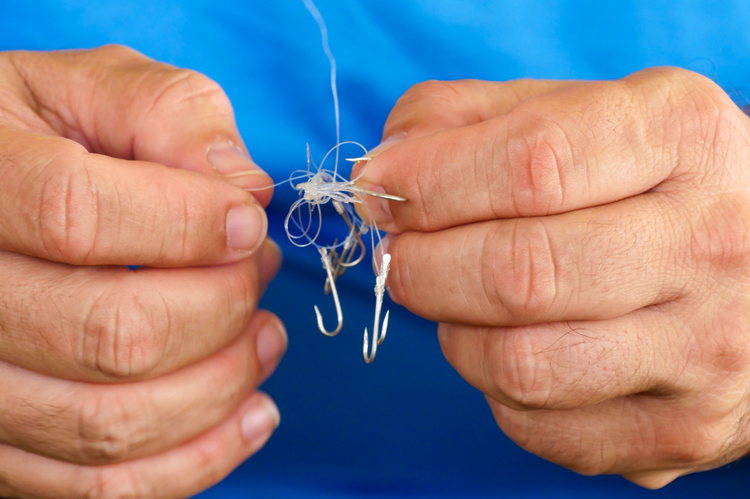Exploring the World of Fishing Knots

Mastering the Different Fishing Knots
The connection between the angler, the fishing line, and the hook is crucial for success. However, with a multitude of knots to choose from, selecting the right one for the job can be daunting. In this article, we'll delve into the world of fishing knots, exploring their types, uses, and how to tie them effectively.

The Improved Clinch Knot
Arguably the most popular knot among anglers, the Improved Clinch Knot is simple to tie and offers reliable strength. It's ideal for securing hooks, lures, or swivels to the fishing line. To tie it, thread the line through the eye of the hook, wrap it around itself 5-7 times, then pass the tag end through the loop nearest to the eye and back through the larger loop. Moisten the knot and pull tight
Palomar Knot
Known for its strength and simplicity, the Palomar Knot is excellent for tying terminal tackle, especially when using braided lines or lines of varying thickness. To tie it, double the line and pass it through the eye of the hook. Tie a simple overhand knot, but don't pull tight. Pass the loop over the hook, moisten, and pull both ends of the line to tighten.

Uni Knot (or Duncan Loop)
The Uni Knot is versatile, easy to tie, and maintains good strength. It's suitable for tying hooks, swivels, and attaching line to reels. To tie it, run the line through the eye and double back, forming a loop. Wrap the tag end around the doubled line and through the loop 4-6 times. Moisten and pull both the standing line and tag end to tighten.
Blood Knot
Primarily used for joining two lines of similar diameter, the Blood Knot is a favorite among fly anglers and those who make their own leaders. It creates a strong connection that passes smoothly through rod guides. To tie it, overlap the ends of the lines and wrap one end around the other 3-5 times. Thread the tag end through the gap between the lines and repeat the process with the other line. Moisten and tighten by pulling both lines simultaneously
Albright Knot
The Albright Knot is excellent for connecting lines of different diameters, making it ideal for joining monofilament or fluorocarbon leaders to braided mainlines. To tie it, create a loop at the end of the heavier line and pass the tag end of the lighter line through it. Wrap the lighter line back over itself and the heavier line, forming wraps towards the loop. Pass the tag end back through the loop and moisten before tightening.
Conclusion: Mastering various fishing knots is essential for any angler aiming to improve their skills and success on the water. Each knot serves a specific purpose, whether it's securing terminal tackle, joining lines, or crafting leaders. Practice tying these knots until they become second nature, and always remember to inspect your knots for strength and reliability before casting. With the right knot knowledge, you'll be better equipped to tackle the challenges of angling and enjoy the thrill of the catch.
See our various Fishing Lines:
